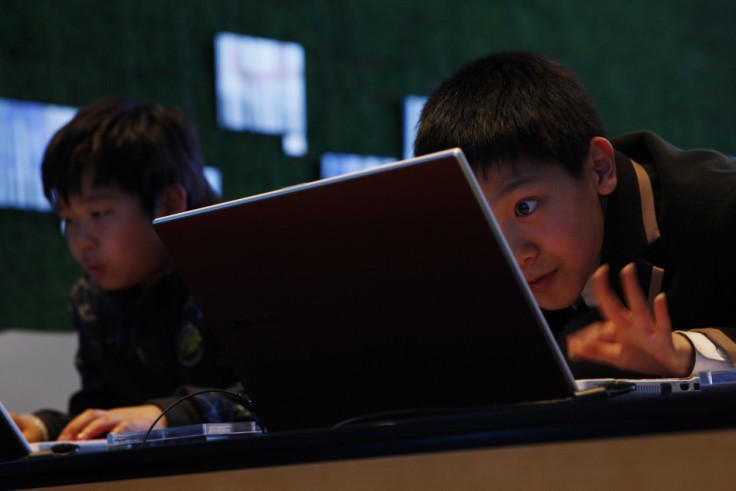Computer Games Can Cure Kids' Vision Defect - Study

Due to eye health issues, children are often advised not to sit in front of a screen for a long time. But the latest study from eye specialists at GlasgowCaledonian University, suggests that children spend at least an hour a day playing computer games, especially the Tetris style of games. The exercise can actually cure vision problems in children, researchers say.
Ambllyopia or lazy eye occurs when the nerve path away from one eye to the brain does not develop during childhood, making one eye focus more than the other. If not treated in the early stage, it could lead to permanent sight problems. According to the study, this condition occurs in three or four in every 100 children.
Earlier, the treatment for lazy eye was to wear an eyepatch over the good eye to force the brain to use the image from the lazy eye. But a pair of special goggles developed by the team could actually bring a noticeable change in children's vision, the Daily Mail reported.
The test was conducted on 14 children who had problems with their vision. The children were asked to wear the special goggles while playing computer games, similar to puzzle block video game Tetris. The goggles display a Tetris clone for both eyes feeding a clear image to the lazy eye, whereas the strong eye gets a fuzzy picture. To win the game both the eyes have to work harder.
More than half of the children saw their vision getting much better after playing video games for a week, while 20 per cent being given depth perception. Some of the children were able to see 3D images in the beginning, but Tetris could bring an immediate improvement.
"This is an extremely encouraging study. To treat a lazy eye with a patch we need to get children to do intense visual work because if you use the eye it will get better. But it was very difficult to get young children to do that. It is much easier to get a child to sit for an hour in front of a computer game," the Daily Mail quoted Dr Anita Simmers, a researcher at Glasgow Caledonian University.
"Usually any treatment given comes earlier, before a child turns seven. If you weren't treated very young, the damage was thought to be irreversible. The fact these children have improved vision shows the potential to use both eyes and that the brain can continue to learn new ways of seeing well beyond the childhood years," she added.
Ten-year-old Calum Stillie, who was a part of the test, could feel the difference after playing the game just for a week.
"I realised that I wasn't falling over as much. I could also read things much easier on the board at school and wasn't making so many mistakes in sums," BBC quoted Calum.
Dr Dolores Conroy, director of research at Fight for Sight which has helped fund the study, said: "Playing a video game is a lot more fun than wearing an eyepatch. Research on video game therapy for this eye condition is still in its early stages and we hope to see further investigation in this field."
The journal Investigative Ophthalmology and Visual Science has published the research in to the equipment, which is not commercially available at present.
© Copyright IBTimes 2025. All rights reserved.





















